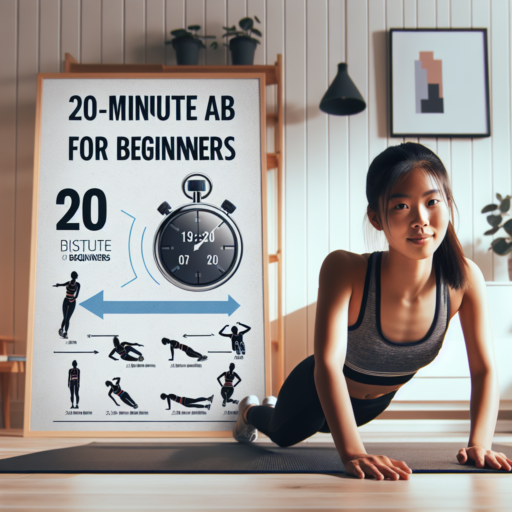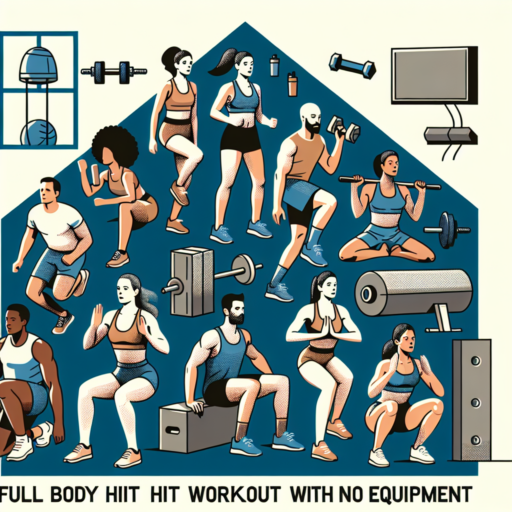What is the best full body workout routine?
Finding the best full body workout routine can be a game-changer for your fitness journey. It’s about maximizing efficiency: hitting every major muscle group in a single session to build strength, endurance, and muscle mass. The aim is not just to improve physical appearance, but also to boost overall health and performance. The best routine will balance intensity and recovery, ensuring that the body can grow stronger without the risk of overtraining or injury.
The ideal full body workout routine incorporates compound exercises that work for multiple muscle groups simultaneously. Movements such as squats, deadlifts, bench presses, and pull-ups should be the cornerstone of your regimen. These exercises not only save time but also stimulate the production of growth hormones, leading to more effective muscle growth. Incorporating variations of these exercises can keep the routine engaging and cater to different fitness levels and goals.
Frequency and progression are crucial components of an effective full body workout routine. For beginners, three days a week with a day of rest in between for recovery is recommended. As you become more advanced, you can increase the frequency and intensity, but understanding your body’s limits is paramount to prevent burnout. Ensuring each session includes a mix of strength, flexibility, and cardiovascular training can provide a holistic approach to fitness that nurtures all aspects of physical health.
How many times a week should you do a full body workout?
Finding the optimal frequency for full body workouts is crucial for maximizing fitness results while minimizing the risk of injury. The general consensus among fitness professionals recommends anywhere from 2 to 4 times a week, depending on your fitness level, goals, and recovery capabilities. It’s essential to tailor your workout frequency to your own body’s needs and to listen to how your body responds after each session.
For beginners, starting with 2 full body workouts per week can provide a solid foundation, allowing ample recovery time between sessions. This frequency is sufficient to stimulate muscle growth and improvement in overall fitness without overloading the muscles too early in the training process. As you progress and your body adapts, you may find that increasing the frequency to 3 times a week facilitates improved strength and endurance gains.
Advanced exercisers might opt for a more rigorous schedule of 4 full body workouts a week, carefully planned to incorporate adequate rest and recovery strategies. At this level, the balance between training and recovery becomes even more critical to prevent overtraining and ensure continuous progression. It’s crucial, however, to pay close attention to any signs of excessive fatigue or discomfort, indicating the need for extra rest days.
No se han encontrado productos.
Is it OK to do full body every workout?
Embarking on a fitness journey often stirs up numerous questions, with one of the most common being about the frequency and type of workouts one should engage in. Specifically, the question, Is it OK to do full body every workout?, garners a lot of attention. Engaging in full body workouts every session can provide a comprehensive approach to fitness, targeting multiple muscle groups within a single workout. This method is particularly beneficial for those with limited time to dedicate to their fitness regimen.
However, it’s important to address the concept of recovery when considering full body workouts for every exercise session. Engaging multiple muscle groups without sufficient rest can lead to overtraining and increased risk of injury. Balance and moderation are key. Incorporating rest days or lighter training sessions allows muscles to recover and rebuild, which is essential for muscle growth and strength gains.
Including a variety of exercises that target different muscle groups can prevent the monotony of repetitive workouts and reduce the risk of hitting a plateau. Strategies such as alternating the intensity and volume of workouts can help maintain a healthy balance. For example, focusing on high-intensity workouts one day followed by a session of lower intensity and higher volume the next day can optimize recovery and performance.
What is the best 7 day workout schedule?
Crafting the ideal 7-day workout schedule hinges on balancing muscle recovery with consistent, varied training. Understanding that there’s no one-size-fits-all plan is crucial; the «best» schedule is tailored to individual fitness goals, preferences, and lifestyles. Generally, a well-rounded regimen alternates between strength training, cardiovascular exercises, and ample rest, ensuring all muscle groups are engaged and allowed time to recuperate.
Effective Division of Workout Days
To maximize results and minimize the risk of injury, consider dividing your week as follows: three days focused on strength training, targeting different major muscle groups each day (e.g., legs on day one, arms and shoulders on day two, back and chest on day three), two days dedicated to cardiovascular exercises such as running, cycling, or swimming, and two rest or active recovery days involving lighter activities like walking or yoga. This routine not only boosts endurance and muscle gain but also promotes flexibility and stress reduction.
Incorporating Variety and Rest
Variety is the spice of fitness; incorporating different types of exercises not only staves off boredom but also enhances overall strength and endurance by challenging the body in new ways. Equally critical is rest; achieving the best results necessitates giving your body ample time to recover. Rest days are pivotal for muscle repair, preventing burnout, and ensuring you can give your all in each session. Balancing rigorous workouts with adequate rest ensures a sustainable and effective workout regimen.
Ultimately, listening to your body and adjusting the schedule as needed is vital. The best 7-day workout schedule is one that fosters improvement without leading to exhaustion or injury. Incorporating varying intensities and types of exercise throughout the week, coupled with essential rest days, lays the foundation for achieving and maintaining optimal fitness.




